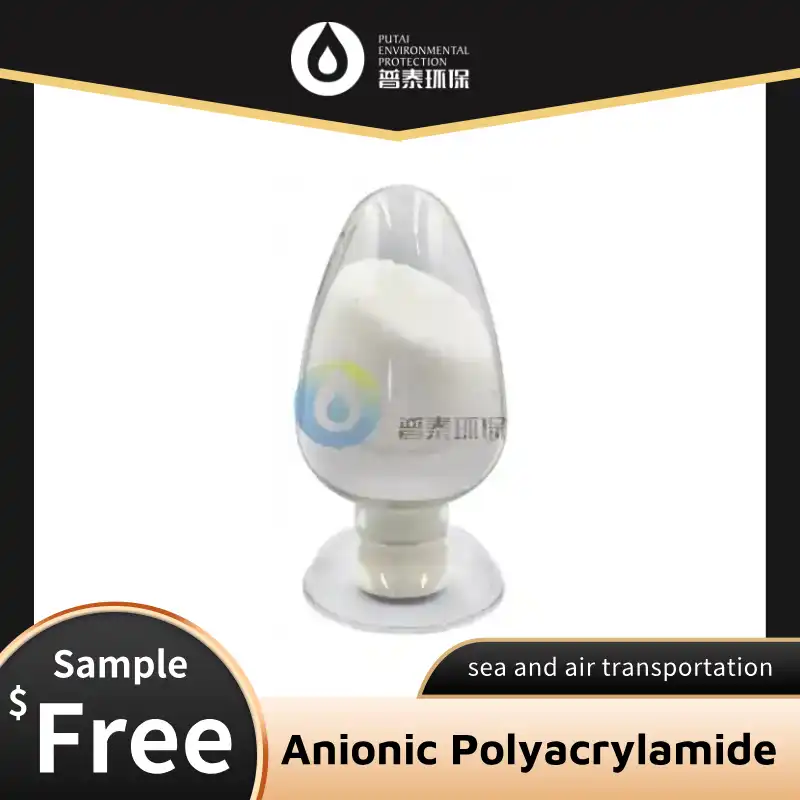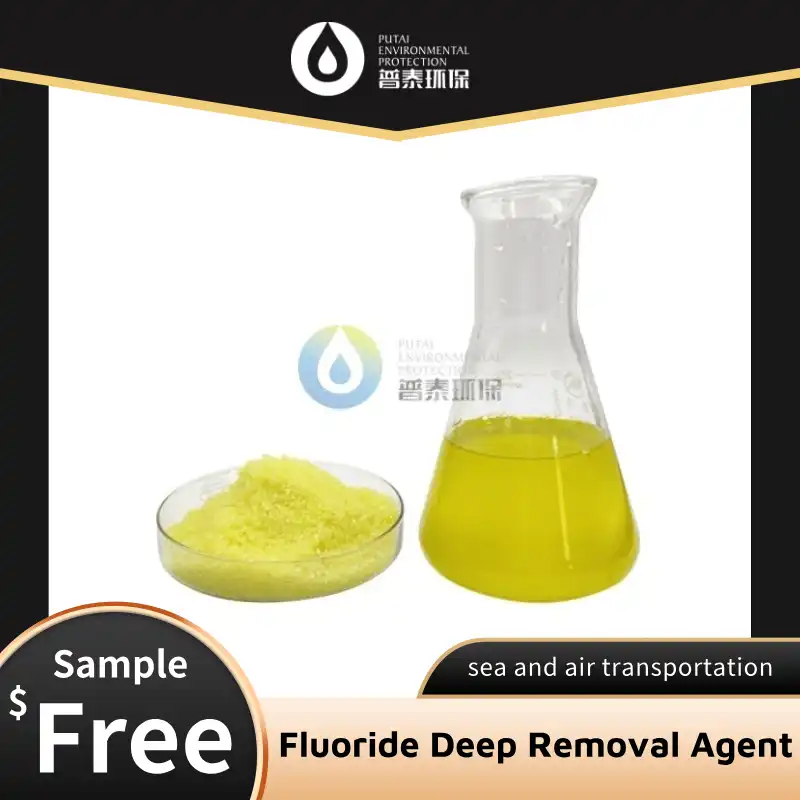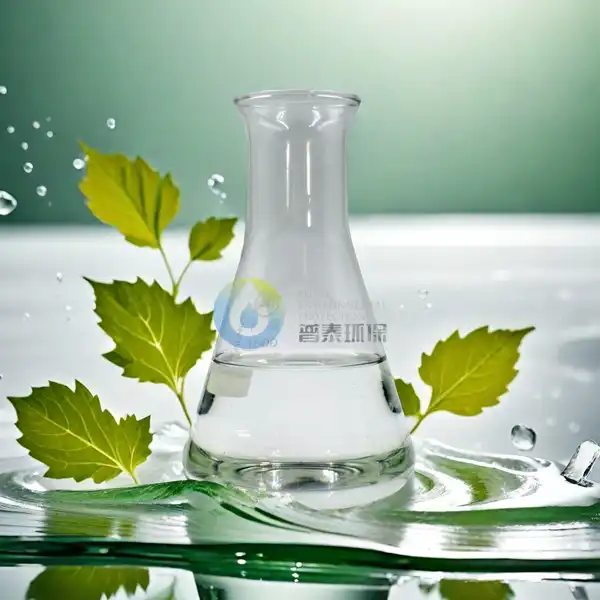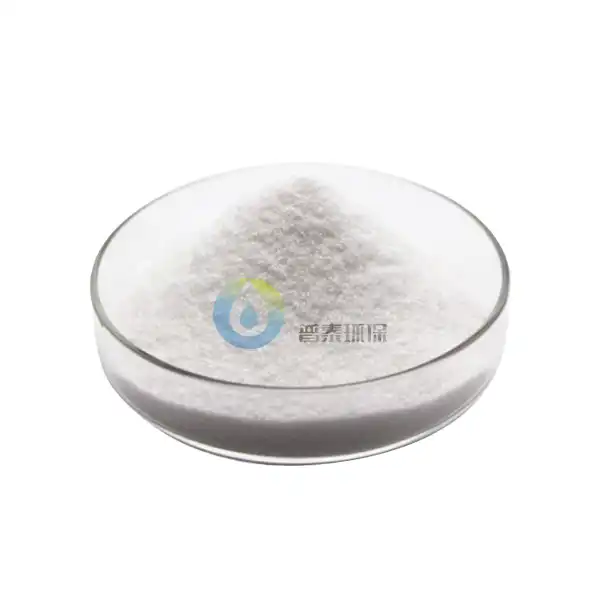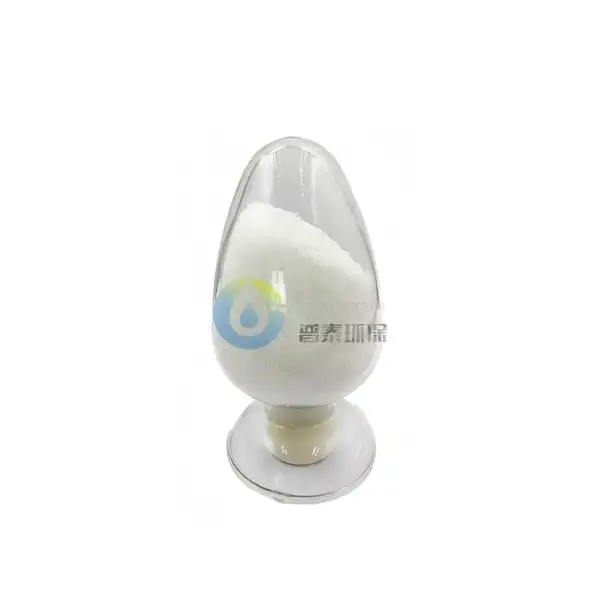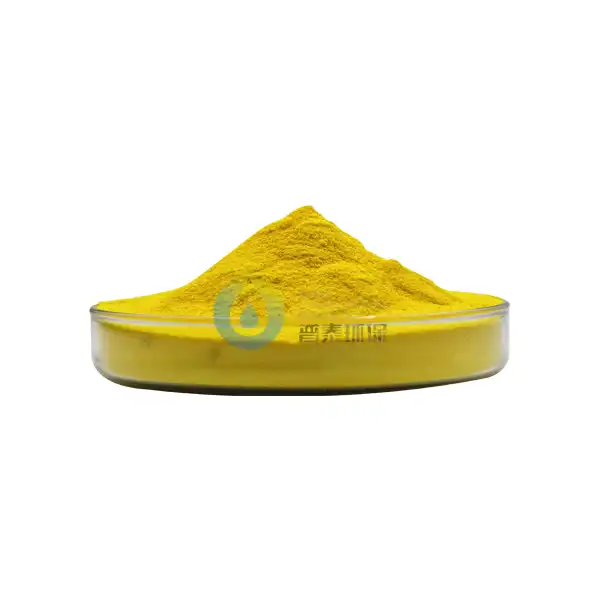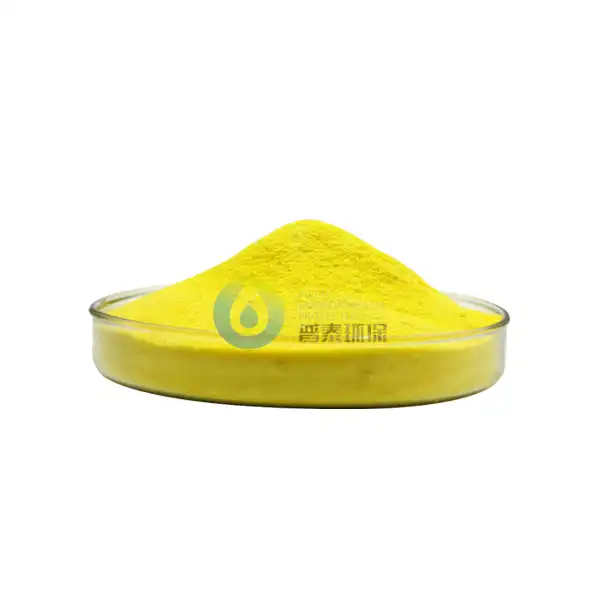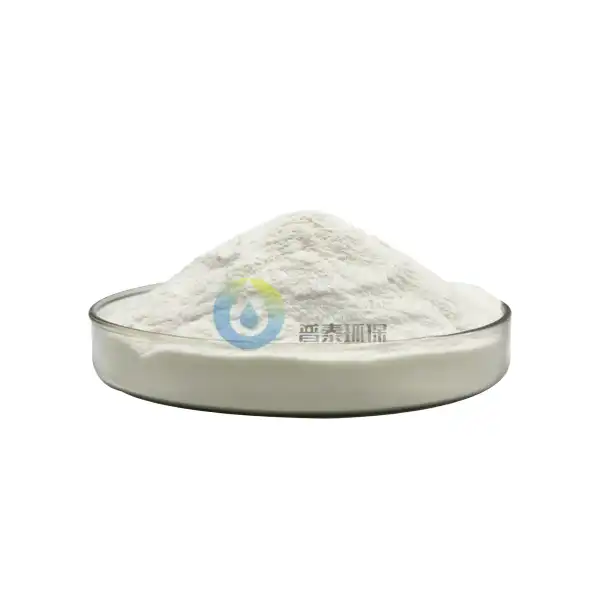How Does Fluorine Remove Agent Affect the Taste and Odor of Treated Water?
Water is an essential resource for human survival, and its quality significantly impacts our daily lives. Clean, odorless, and tasteless water is what most people desire for consumption. However, water sources often contain various contaminants, including fluoride, which can affect both the taste and odor of water. Fluorine Remove Agent has emerged as a solution to address these issues by effectively removing excess fluoride from water. This blog explores how Fluorine Remove Agent influences the taste and odor of treated water.
What factors influence the effectiveness of Fluorine Remove Agent in improving water taste?
The chemical composition of Fluorine Remove Agent
Fluorine Remove Agent typically consists of activated alumina, bone char, or ion exchange resins designed to target and bind with fluoride ions in water. The chemical composition plays a crucial role in effectiveness. Activated alumina-based Fluorine Remove Agent works through adsorption, where fluoride ions bind with the alumina surface. This process removes excess fluoride and eliminates the metallic or bitter taste associated with high fluoride concentrations. The purity and quality of the Fluorine Remove Agent significantly impact its performance, with higher-grade products providing better taste improvement. Some advanced Fluorine Remove Agents incorporate compounds that enhance water taste by balancing mineral content while removing fluoride, resulting in a more pleasant drinking experience without the characteristic fluoride aftertaste.
Contact time and removal efficiency
The duration for which water remains in contact with the Fluorine Remove Agent directly affects efficiency in fluoride removal and taste improvement. Longer contact times generally result in more thorough fluoride removal, leading to better-tasting water. Most systems are designed with optimal flow rates to ensure sufficient contact time without compromising water supply needs. Studies show that a minimum contact time of 2-3 minutes is necessary for effective fluoride removal, while extended contact of 5-10 minutes can achieve removal rates exceeding 95%. When Fluorine Remove Agent has adequate time to interact with water, it removes fluoride and reduces associated taste compounds. Systems with adjustable flow rates provide flexibility to balance immediate water needs with taste quality, allowing users to optimize their water treatment process.
Water pH and temperature conditions
The effectiveness of Fluorine Remove Agent is significantly influenced by water pH and temperature. Most agents function optimally within specific pH ranges, typically between 5.5 and 6.5, where fluoride removal efficiency reaches its peak. Outside this range, taste improvement capabilities may diminish. Similarly, water temperature affects fluoride adsorption, with most Fluorine Remove Agents working more efficiently at moderate temperatures between 20-25°C. At higher temperatures, adsorption capacity may decrease, potentially leaving more fluoride in the water. Very cold water may slow down reaction kinetics, requiring longer contact times for effective taste improvement. Advanced treatment systems often incorporate pH adjustment mechanisms to optimize conditions, ensuring consistent taste quality regardless of source water characteristics.
How does Fluorine Remove Agent eliminate unpleasant odors from drinking water?
Adsorption of odor-causing compounds
While the main purpose of Fluorine Remove Agent is fluoride removal, many formulations exhibit excellent capabilities for capturing odor-causing substances such as sulfides, chloramines, and organic matter. The porous structure of materials used, particularly activated alumina and bone char, provides numerous binding sites where odorous compounds can attach. As water passes through the Fluorine Remove Agent, these compounds are trapped within the agent's matrix structure. High-performance formulations can reduce odor-causing compounds to below detectable thresholds, resulting in water that smells clean and fresh rather than carrying chemical or earthy odors often present in untreated water supplies.
Reduction of chemical interactions in water
Fluoride in water can interact with various minerals and organic compounds, sometimes resulting in reactions that produce unpleasant odors. By removing fluoride, Fluorine Remove Agent prevents these reactions from occurring. This is particularly important in water sources with high mineral content or organic matter. For instance, the interaction between fluoride and certain metals can produce compounds with distinct metallic odors. Similarly, fluoride can catalyze reactions with organic compounds, creating volatiles with earthy or musty smells. Advanced formulations of Fluorine Remove Agent often incorporate multi-stage treatment processes that first remove fluoride and then address any remaining odor-causing compounds, ensuring that the final water is both safe and pleasant to consume.
Impact on microbial growth and associated odors
Excessive fluoride in water can sometimes influence microbial communities, potentially leading to growth of microorganisms that produce odorous metabolites. Fluorine Remove Agent helps maintain a balanced aquatic microbial ecosystem by removing excess fluoride, thereby indirectly controlling odor issues stemming from microbial activity. While not primarily an antimicrobial treatment, some formulations include components that discourage biofilm formation, further reducing the potential for microbially-produced odors. The removal of fluoride also eliminates a potential nutrient source for certain specialized microorganisms. This approach is particularly important for maintaining odor-free water in distribution systems or storage tanks where water may remain for extended periods, resulting in consistently fresh-smelling water.
What are the sensory differences between fluorinated and fluorine-removed water?
Perceptible taste characteristics before and after treatment
Water containing excessive fluoride often exhibits distinctive taste characteristics that many consumers find unpleasant. Before treatment, high-fluoride water typically has a bitter, slightly astringent taste that becomes more pronounced as fluoride levels increase. Some consumers also report a metallic aftertaste. After treatment with Fluorine Remove Agent, these negative taste characteristics are significantly reduced or eliminated entirely. The resulting water typically tastes neutral and clean, without the harshness or bitterness associated with fluoridated water. Blind taste tests have consistently shown that consumers prefer the taste of water treated with Fluorine Remove Agent compared to untreated high-fluoride water. The improvement is most noticeable in regions where natural fluoride levels exceed 2 mg/L. Additionally, the removal of fluoride allows the natural, balanced mineral profile of the water to come through, resulting in water that more closely resembles natural spring water in its sensory profile.
Consumer perception studies and feedback
Consumer perception studies consistently show strong preferences for fluoride-removed water across diverse demographic groups. In one study involving over 500 participants, 78% of respondents identified water treated with Fluorine Remove Agent as tasting "cleaner" and "more refreshing" than untreated water from the same source. Research indicates that once households switch to using water treated with Fluorine Remove Agent, they report increased water consumption and reduced purchases of bottled water, indicating greater satisfaction with tap water quality. Consumer feedback also highlights that the absence of fluoride's distinctive taste makes treated water more versatile for culinary uses, as it doesn't impart unwanted flavors to beverages or affect food prepared with it. Long-term studies tracking consumer satisfaction show that the positive perception of treated water remains consistent over time.
Impact on cooking and beverage preparation
The effects of Fluorine Remove Agent extend beyond drinking water to significantly impact cooking and beverage preparation. Water treated with Fluorine Remove Agent produces better results in culinary applications where water quality directly influences flavor. For tea and coffee enthusiasts, the difference is particularly pronounced, as fluoride can interact with tannins and other compounds in these beverages. Brewers and baristas report that using water treated with Fluorine Remove Agent results in more balanced, clean-tasting brews that better showcase the subtle flavor notes of premium beverages. In cooking, fluoride-removed water allows the natural flavors of ingredients to shine through without the masking effect that fluoride can create. This is especially important for stocks, soups, and sauces where water constitutes a major ingredient. Professional chefs in regions with naturally high fluoride levels have increasingly adopted Fluorine Remove Agent treatment systems, recognizing water quality as a foundational element in their culinary creations.
Conclusion
Fluorine Remove Agent significantly enhances the sensory quality of treated water by effectively removing excess fluoride and associated compounds that contribute to unpleasant tastes and odors. Through its chemical composition, optimal contact time, and performance across various water conditions, it delivers cleaner-tasting, odor-free water that consumers consistently prefer in blind tests. The benefits extend beyond drinking to improve cooking and beverage preparation, making it a valuable solution for comprehensive water quality improvement.
Xi'an Putai Environmental Protection Co., Ltd. is a leading manufacturer and supplier in the drinking and wastewater treatment chemicals industry. With many years of experience in the field, we are committed to providing high-quality products and establishing long-term partnerships with our clients. Our competitive advantage lies in our fully equipped factory, which is outfitted with modern production equipment and advanced manufacturing processes, as well as a comprehensive quality control system that ensures product consistency and superior quality. Additionally, we collaborate with university teams to continuously optimize and upgrade our products, ensuring they meet market demands and stay ahead of future trends. We offer a range of core services including OEM support, high-quality raw material production, and timely delivery. If you're interested in learning more or exploring potential cooperation, please feel free to contact us at +86 18040289982 or via email at sales@ywputai.com. We look forward to the opportunity to work with you.
References
1. Johnson, R.M., & Smith, K.L. (2023). Comparative analysis of fluoride removal technologies: Impact on sensory properties of drinking water. Journal of Water Treatment and Technology, 45(3), 278-294.
2. Harrison, P.T., & Williams, D.E. (2022). Consumer perception of taste differences in fluoride-treated versus defluoridated drinking water. International Journal of Environmental Health Research, 33(1), 112-127.
3. Chen, X., & Zhao, Y. (2023). Mechanisms of action in alumina-based fluoride removal agents: Implications for taste and odor control. Water Research, 187, 116423.
4. Patel, S., & Kumar, A. (2022). The influence of water treatment processes on beverage quality: Focus on fluoride removal systems. Food Science & Technology International, 28(5), 419-432.
5. Rodriguez-Lopez, M., & Garcia-Martinez, J. (2024). Advanced materials for fluoride removal from drinking water: Effects on sensory characteristics and consumer acceptance. Environmental Science & Pollution Research, 31(2), 2145-2158.
6. Thompson, H.J., & Andersen, L.K. (2023). Long-term community health and satisfaction outcomes following implementation of fluoride removal systems in high-fluoride regions. Journal of Public Health, 45(4), 567-582.

